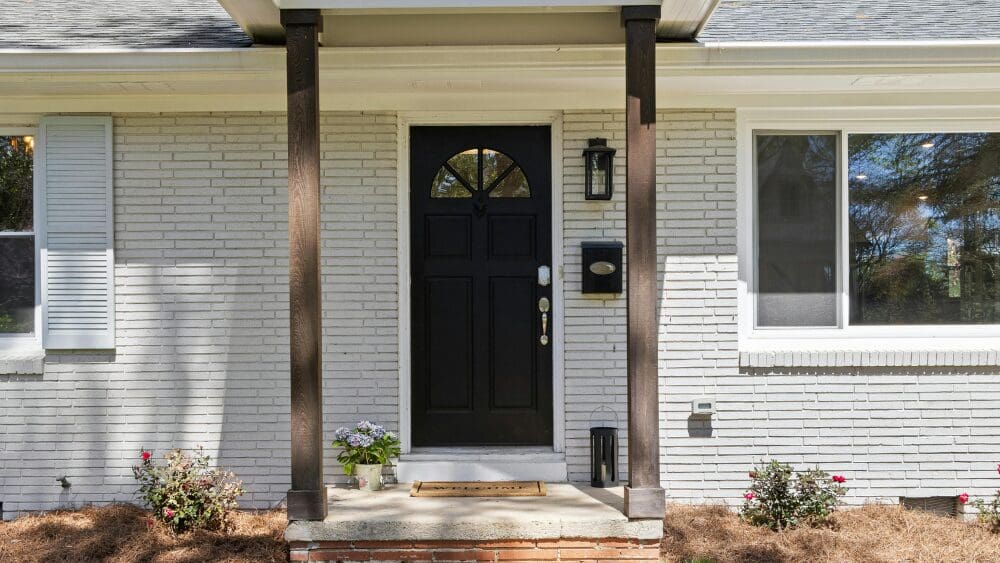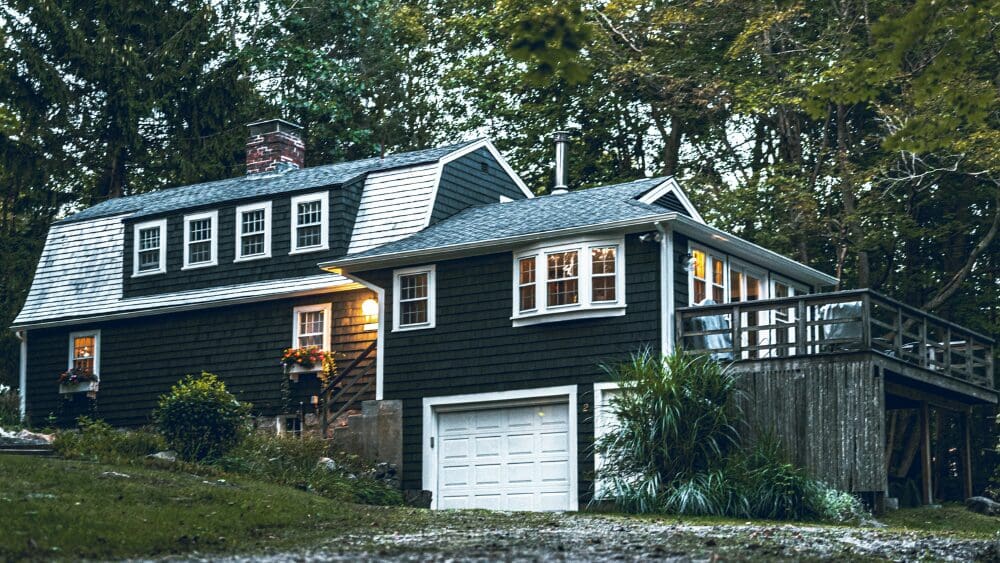
As a homeowner, it’s natural to fiercely protect your investment. If you’re considering a move that involves buying or selling a house, you’re likely keeping a keen eye on the housing market sky, watching for signs of a storm — or a bubble. But what is a housing bubble? What are the warning signs? Should a dark cloud or two halt your plans? In this post, we’ll answer these and other questions about housing bubbles to help you make informed decisions about buying or selling a home.
A housing bubble occurs when home prices rise rapidly to unsustainable levels. This surge is often driven by high demand, speculation, and exuberant spending. Eventually, the bubble “bursts,” leading to a sharp decline in home prices, which can result in significant financial losses for homeowners and investors. Several factors can contribute to the formation of a housing bubble, including: As you watch the housing market horizon, not every ominous cloud should be labeled a bubble warning. Housing bubbles are rare, and many Chicken Little and Henny Penny armchair analysts have incorrectly predicted a falling sky. Here’s a look at some key indicators that can help you anticipate market changes. When a housing bubble bursts, home prices plummet, leading to a significant loss of equity for homeowners. This can result in financial distress, especially for those who purchased at the peak of the market. Homeowners may find themselves with “underwater” mortgages. Underwater mortgages occur when a homeowner owes more on their mortgage than the current value of the home. This situation is also known as negative equity or being “upside down” on a mortgage. It typically happens when home prices fall sharply, leaving homeowners with a mortgage debt higher than the property’s worth. This can make it difficult to sell or refinance the home and may lead to financial hardship, increased foreclosures, a drop in new construction, and a general slowdown in the housing market.What is a housing bubble?
What causes a housing bubble?
What are the warning signs of a housing bubble?
What happens when a housing bubble bursts?



